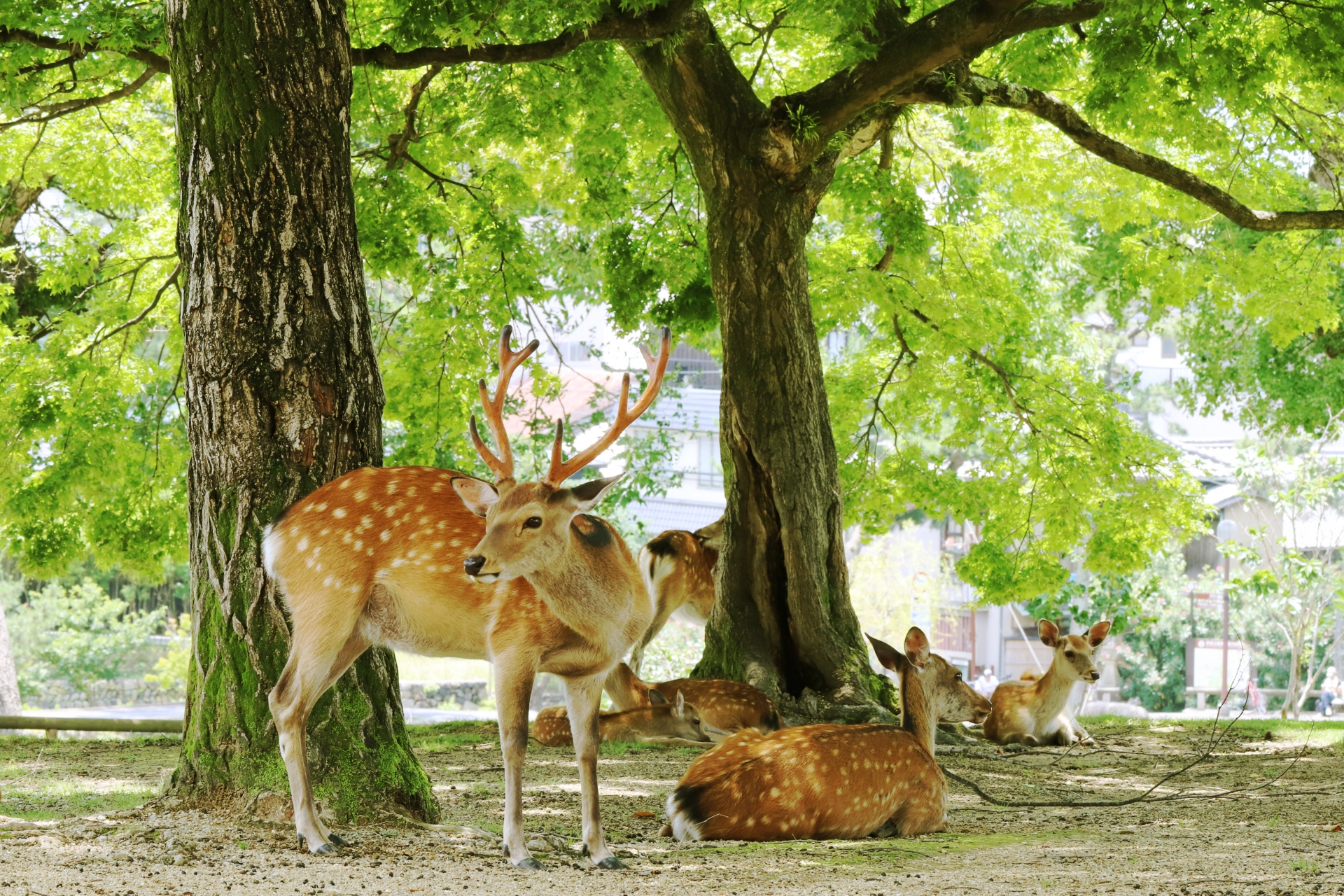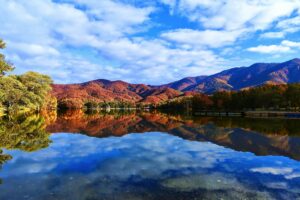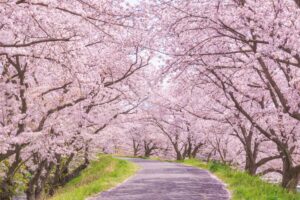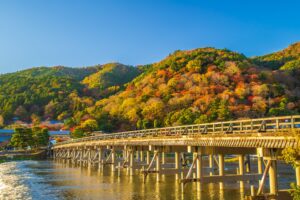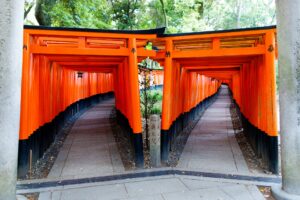Article Summary for Meta Description:
Explore Nara Park, Japan’s famous deer park, home to ancient temples, scenic beauty, and over a thousand friendly deer. Learn about must-see attractions, the best times to visit, and how to interact responsibly with the park’s wildlife.
Nara Park, located in the heart of Japan, is a destination rich in history and natural beauty. Famous for its freely roaming deer and cultural landmarks like Todai-ji Temple, the park offers visitors a unique blend of wildlife interaction and historical exploration. This guide provides all the essential information for planning your visit, from historical insights to practical travel tips, and seasonal recommendations.
Introduction to Nara Park
Nara Park, located in Nara City, is one of Japan’s oldest and most historically significant public parks, spanning over 500 hectares. Established in 1880, it is renowned for its peaceful atmosphere, scenic landscapes, and, most famously, its free-roaming deer that are considered sacred in Shintoism. Visitors from all over the world come to witness the harmonious blend of wildlife, nature, and ancient architecture. This article will cover everything you need to know for your visit, from the park’s rich history to practical travel tips.
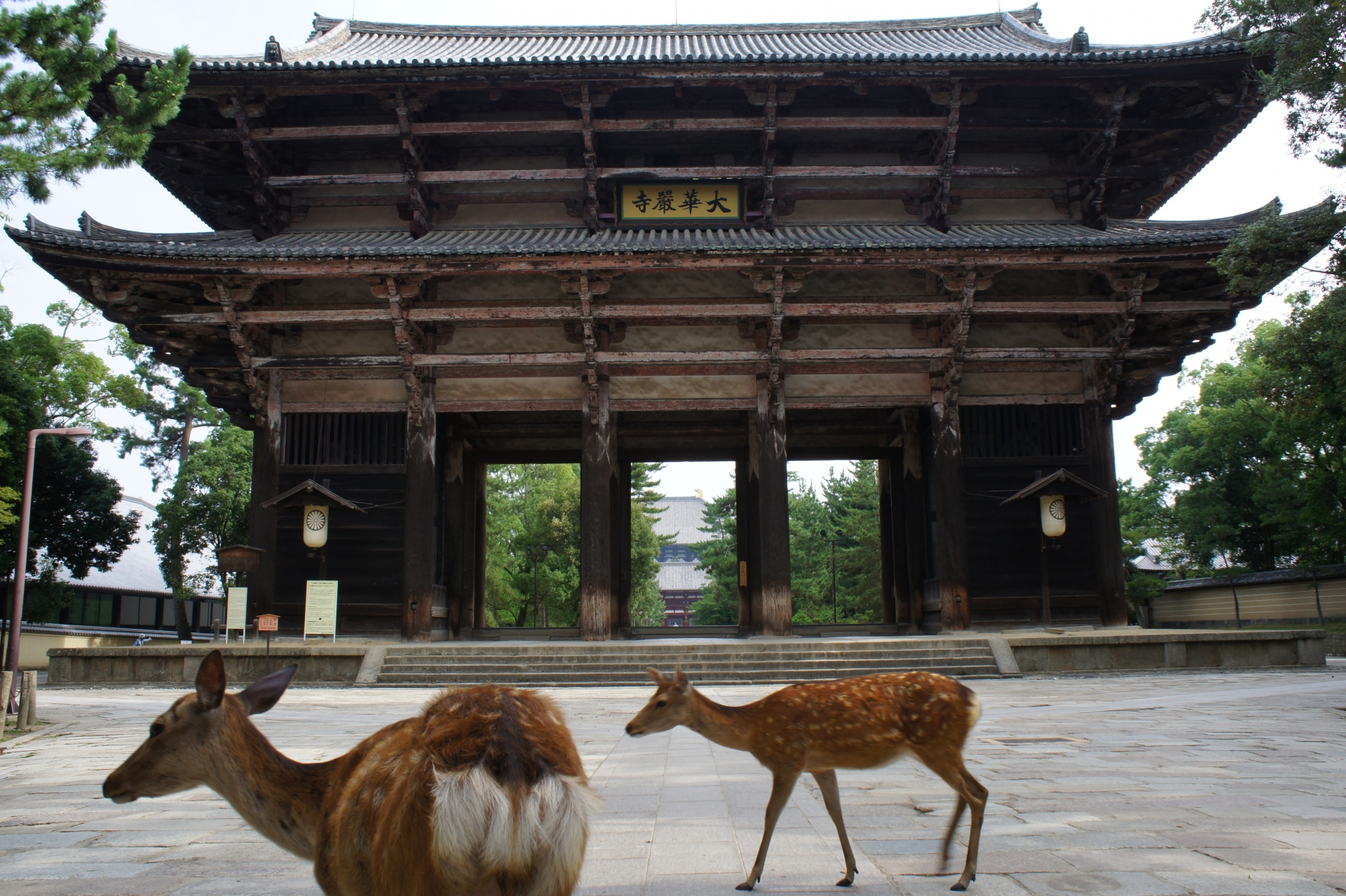
History and Cultural Significance of Nara Park
Nara Park is deeply intertwined with Japan’s early history. It was established during the Nara period when Nara was the country’s first permanent capital. The park is home to several UNESCO World Heritage sites, including Todai-ji and Kofuku-ji temples. These temples have stood for centuries as testaments to Japan’s cultural and religious heritage. Beyond being a place of natural beauty, Nara Park serves as a reminder of the era when Buddhism and Shintoism shaped the Japanese ethos, making it a profound cultural landmark.
Todai-ji Temple: A UNESCO World Heritage Site

One of the most famous landmarks within Nara Park is Todai-ji Temple, home to the world’s largest bronze statue of Buddha (Daibutsu). Built in 752 AD, Todai-ji was the head temple of all provincial Buddhist temples in Japan and played a critical role in the dissemination of Buddhism across the country. The temple’s grandeur and its Great Buddha Hall are awe-inspiring, and it is a must-see for any visitor to the park.
Kofuku-ji Temple and Other Key Historical Sites
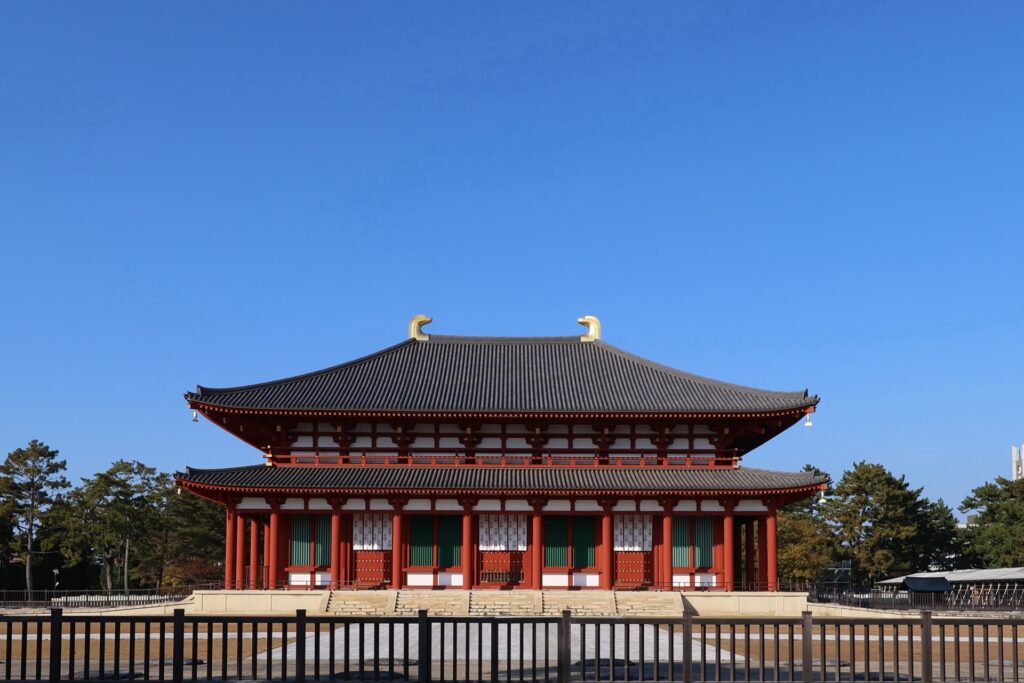
Another highlight of Nara Park is Kofuku-ji Temple, established in 710 AD. It features a five-storied pagoda, which is Japan’s second tallest, and remains one of the most photographed structures in Nara. Additionally, Kasuga Taisha Shrine, known for its hundreds of bronze and stone lanterns, is also located within the park, offering a glimpse into Shinto practices. The Nara National Museum, housing a vast collection of Buddhist art, is also a key site to explore.
Nara Park’s Wildlife: Interacting with the Sacred Deer
The sika deer of Nara Park have long been considered sacred, believed to be messengers of the gods according to local Shinto beliefs. Today, more than 1,200 deer roam the park freely, and they are a popular attraction for visitors. However, interacting with them requires adherence to certain rules for both safety and conservation. Feeding the deer is allowed, but only with special senbei crackers sold around the park. The deer have even learned to bow to visitors in exchange for treats, making for a truly unique experience.
Feeding the Deer: Do’s and Don’ts
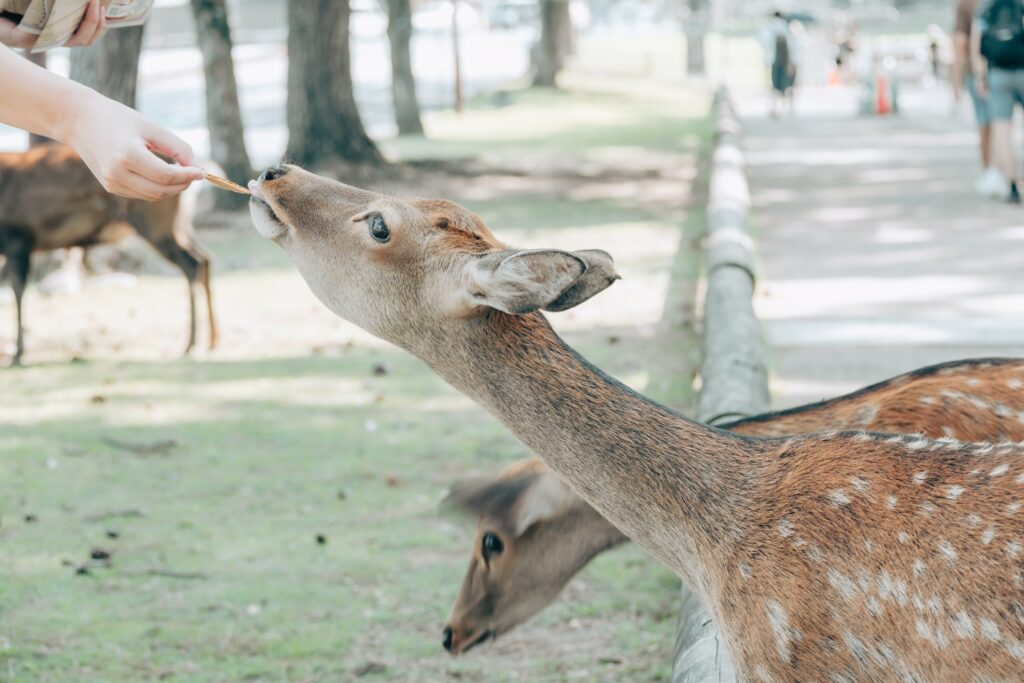
While feeding the deer can be a delightful experience, it is important to do so responsibly. Only feed them the special crackers, as other foods may harm them. Approach them calmly, as sudden movements may startle the deer. Be cautious, especially during mating season, as the deer can become more aggressive. Following the park’s guidelines ensures that your experience remains enjoyable and safe for both you and the animals.
Seasonal Highlights: Best Times to Visit Nara Park
Nara Park offers a different experience in each season, making it a year-round destination. Whether you visit for the cherry blossoms in spring or the vibrant foliage in autumn, the park’s natural beauty never disappoints. Each season has its own unique appeal, offering visitors a chance to see the park in a new light.
Spring: Cherry Blossom Season
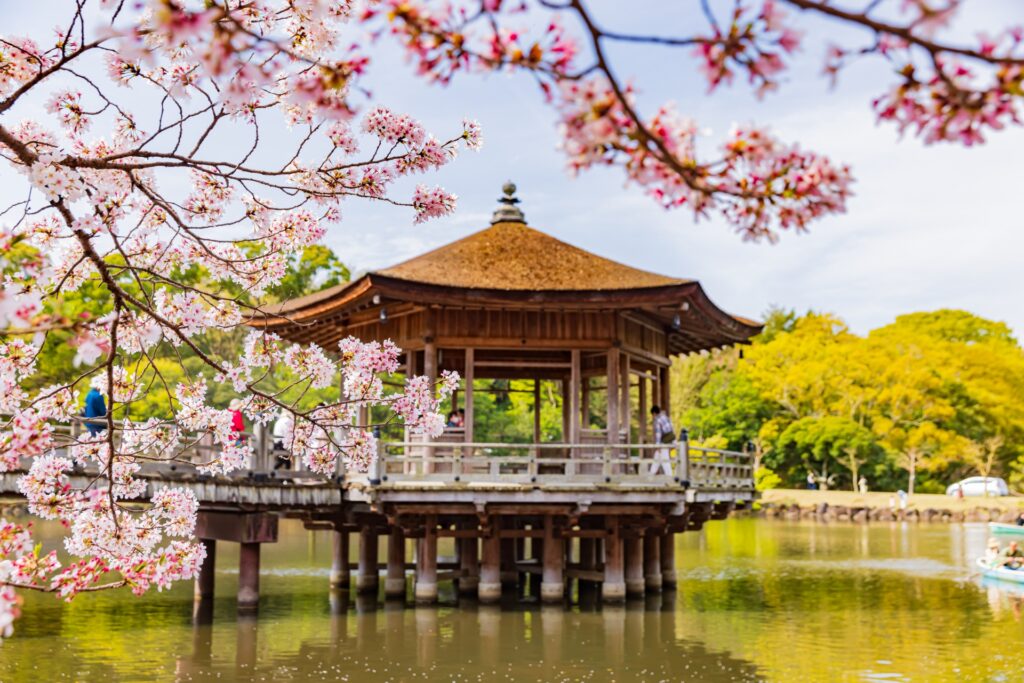
Spring is one of the most popular times to visit Nara Park, as cherry blossoms bloom across the grounds, framing the temples and deer in a breathtaking display of nature’s beauty. The best spots for viewing include the areas around Todai-ji Temple and the Ukimido Pavilion. The cherry blossoms typically bloom in early April, but the exact timing can vary. Plan your visit accordingly to experience the full splendor of the sakura season.
Fall: Autumn Foliage

Autumn in Nara Park is equally stunning, with the leaves of the park’s many trees turning brilliant shades of red, orange, and yellow. The fall foliage season peaks in November, offering visitors spectacular views, especially around Kasuga Taisha Shrine and the forested paths leading to the temples. Visiting during this time provides an enchanting contrast to the lush greenery of spring and summer.
Practical Travel Tips for Visiting Nara Park
When planning a trip to Nara Park, understanding the logistics will help ensure a smooth visit. Nara is easily accessible from major cities like Kyoto and Osaka, and the park itself is centrally located within Nara City, making it a convenient stop for tourists exploring the Kansai region. Additionally, there are a variety of dining and accommodation options available nearby for those looking to stay longer.
How to Get to Nara Park from Kyoto and Osaka
Nara Park is easily reachable by train from both Kyoto and Osaka. From Kyoto, the JR Nara Line provides direct service, taking around 45 minutes. From Osaka, the Kintetsu Nara Line or JR Yamatoji Line offers convenient access, with the trip lasting about 40 minutes. Once you arrive at Nara Station, the park is just a 20-minute walk or a short bus ride away.
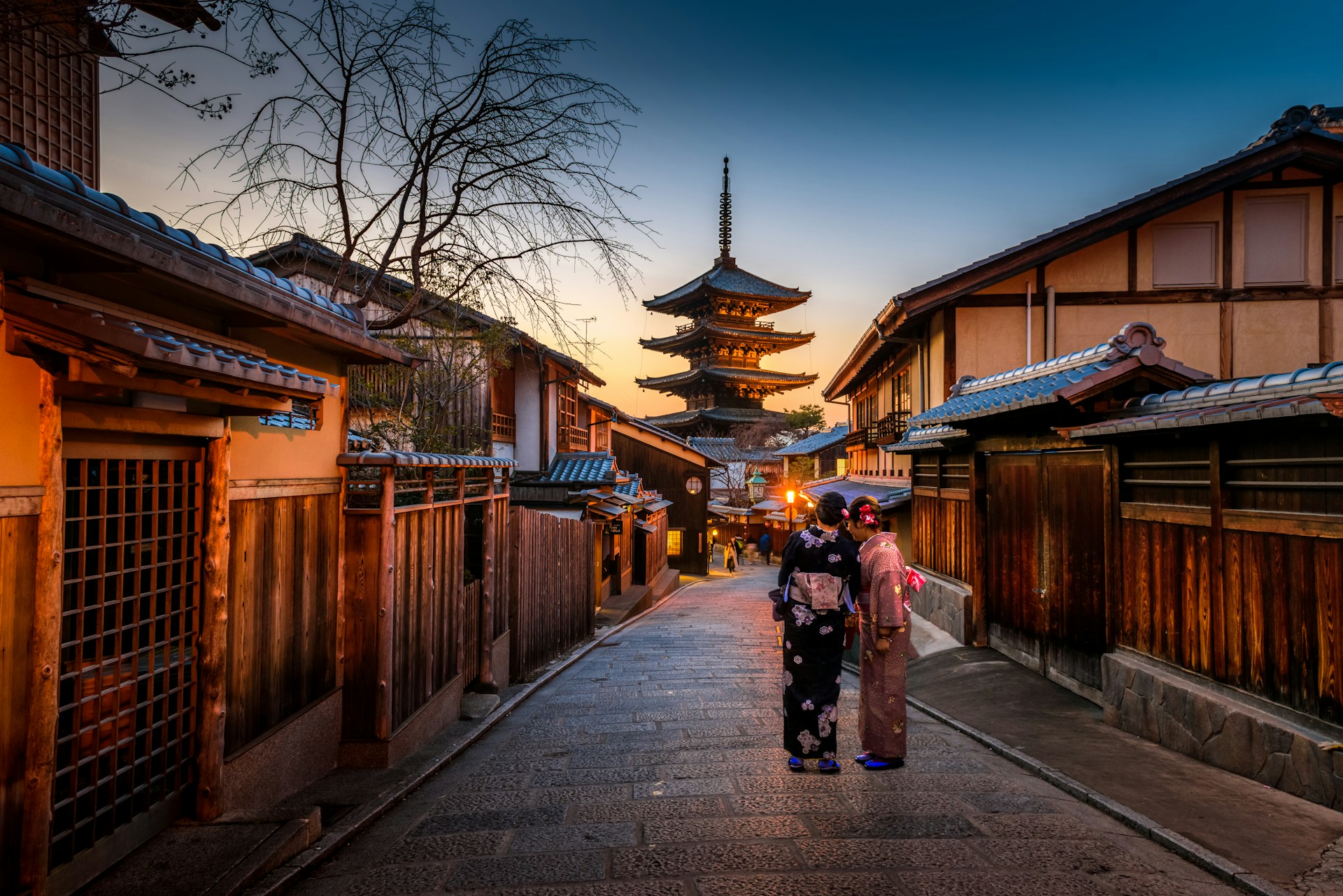

Accommodation and Dining Near Nara Park
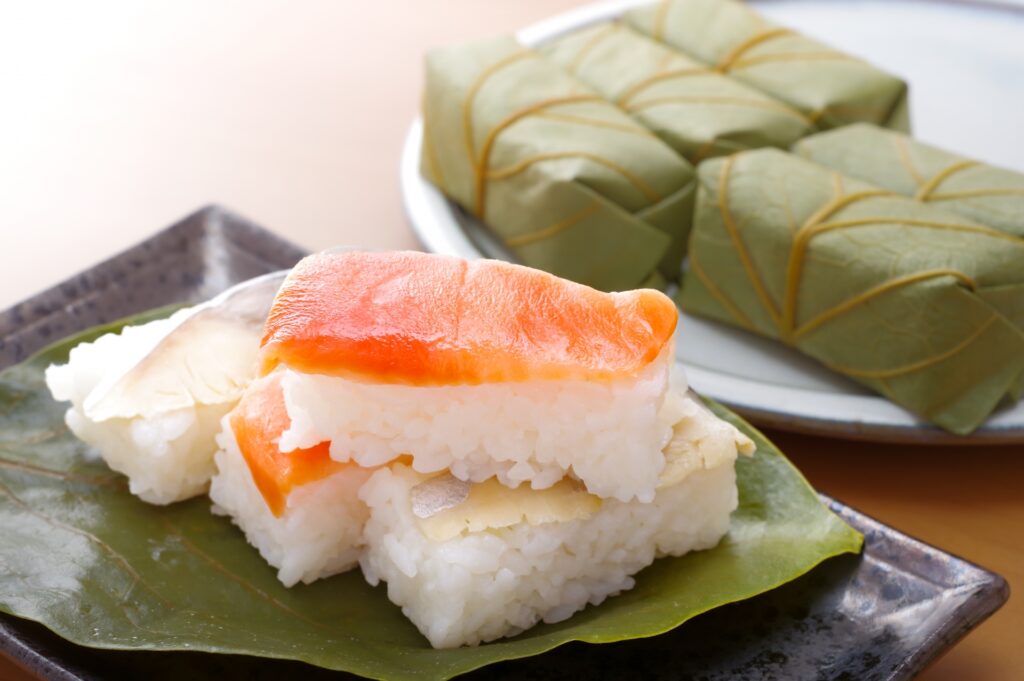
There are several accommodation options near Nara Park, ranging from traditional ryokan inns to modern hotels. For those seeking a more immersive cultural experience, staying at a ryokan like Nara Hotel offers a taste of old-world Japanese hospitality. Dining options around the park include a variety of restaurants serving local specialties such as kakinoha-zushi (pressed sushi) and Nara’s famous persimmon sweets. Cafés and casual eateries are also plentiful for those wanting a quick bite before or after exploring the park.
Conclusion
Nara Park is not just a park but a living museum of Japan’s cultural and religious history, offering a unique combination of wildlife and historical exploration. Whether you’re feeding the deer, admiring the grandeur of Todai-ji, or simply enjoying a leisurely walk through the picturesque landscapes, Nara Park promises an unforgettable experience. Plan your visit carefully to make the most of this iconic Japanese destination.

